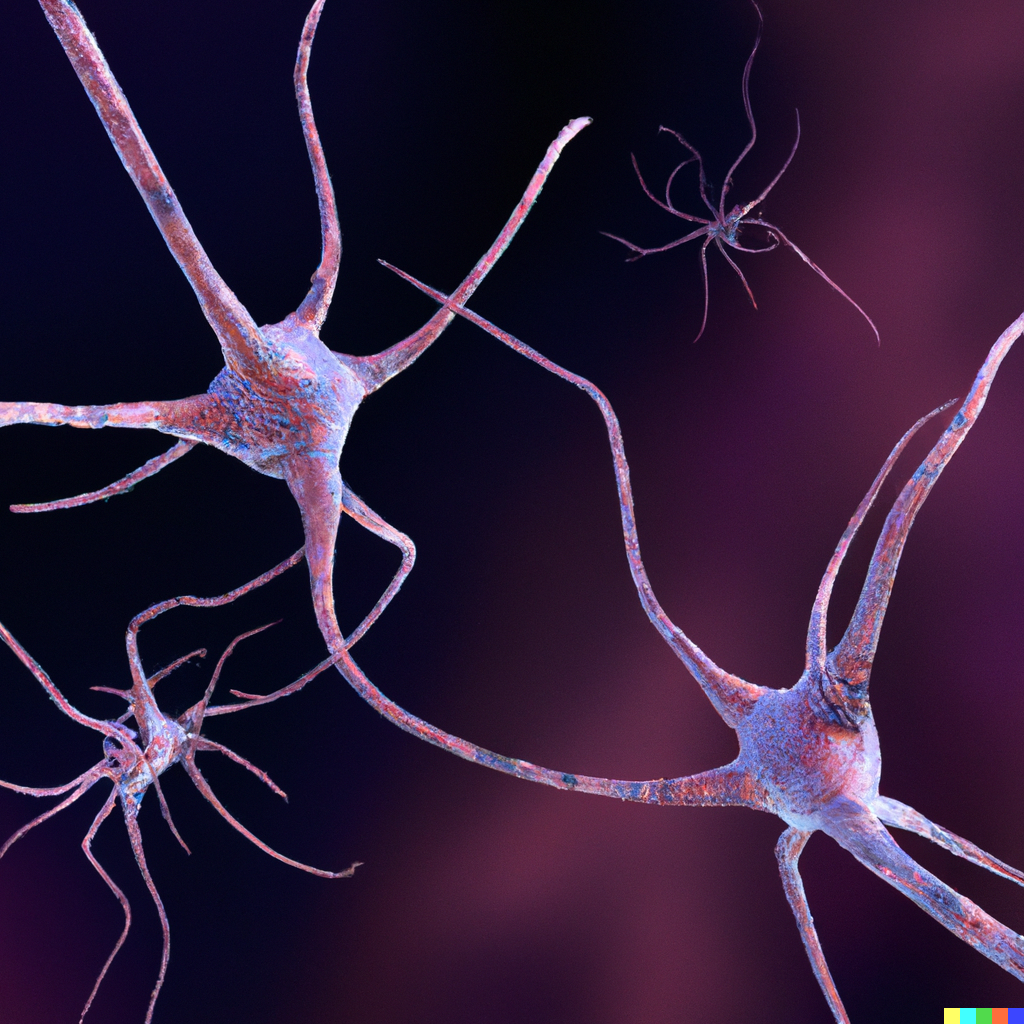Why Certain Colors Can Improve Mood and Behavior in Dementia Patients
### Why Certain Colors Can Improve Mood and Behavior in Dementia Patients
Living with dementia can be challenging, both for the person affected and their loved ones. One way to make life easier and more enjoyable is by creating a supportive environment that helps individuals navigate their surroundings with greater ease. One often overlooked but highly effective tool in this effort is color. Certain colors can significantly improve mood and behavior in dementia patients by addressing the cognitive and sensory challenges they face.
#### How Colors Affect Dementia Patients
Dementia affects how people perceive and understand their environment. It can make it difficult for them to recognize familiar surroundings, navigate spaces, and even distinguish between objects. This confusion can lead to frustration, disorientation, and a diminished sense of independence. However, by using the right colors, we can create an environment that feels more familiar and intuitive.
#### The Importance of Contrasting Colors
Using contrasting colors is particularly helpful. For example, placing toilet seats in a color that contrasts with the toilet bowl and the floor makes it easier for patients to locate and use the toilet. Similarly, light switches in a different color from the wall can help patients identify them more easily. Handrails, taps, and towels in contrasting colors also make these essential items more accessible.
#### Bright and Vibrant Colors
Bright and vibrant colors can also play a significant role in improving mood and behavior. In a hospital setting, using colors like purple, yellow, pink, and green can make the environment feel more like home. These colors are not only visually appealing but also help patients navigate through corridors and to their rooms more easily. Interactive wall decals featuring everyday scenes like a rolling countryside or a farmer’s market can provide stimulation and orientation, reducing confusion and anxiety.
#### Avoiding Confusing Colors
On the other hand, certain colors can be confusing for dementia patients. For instance, green might be mistaken for grass, and blue might be mistaken for water. Avoiding these colors or using them in a way that clearly distinguishes them from real objects can help reduce confusion and anxiety.
#### The Role of Lighting
Lighting is another crucial aspect of creating a dementia-friendly environment. Proper lighting can reduce shadows and glare, which can cause confusion and anxiety. Natural lighting is particularly beneficial as it supports circadian rhythms and overall mood. Soft, warm lighting in the evening can create a calming atmosphere, helping patients relax and feel more secure.
#### Sensory Stimulation
Colors are just one part of sensory stimulation. Other sensory elements like plush cushions, throws, and gentle background sounds can also have a calming effect. Pleasant scents like lavender or citrus can evoke positive feelings, while familiar sounds like ocean waves or a grandfather clock ticking can soothe anxious individuals. These sensory inputs can ground a person with dementia in something real and known, reducing anxiety and promoting a sense of security.
#### Conclusion
Creating a dementia-friendly environment is not just about physical accessibility; it’s also about emotional comfort and familiarity. By using contrasting colors, bright and vibrant hues, and proper lighting, we can significantly improve the mood and behavior of dementia patients. These simple changes can make a profound difference in their quality of life, enhancing their sense of independence, reducing anxiety, and promoting a sense of security and comfort. By designing spaces that feel more like home, we can help individuals living with dementia navigate their surroundings with greater confidence and dignity.





